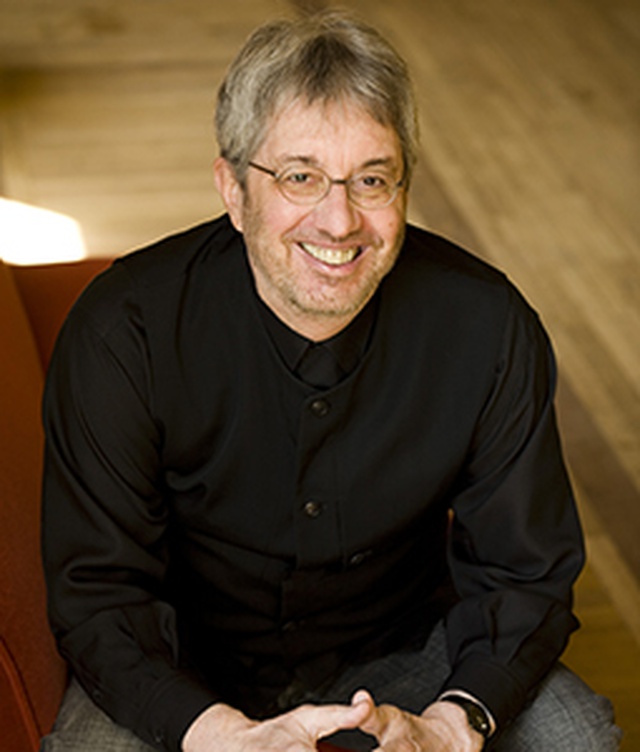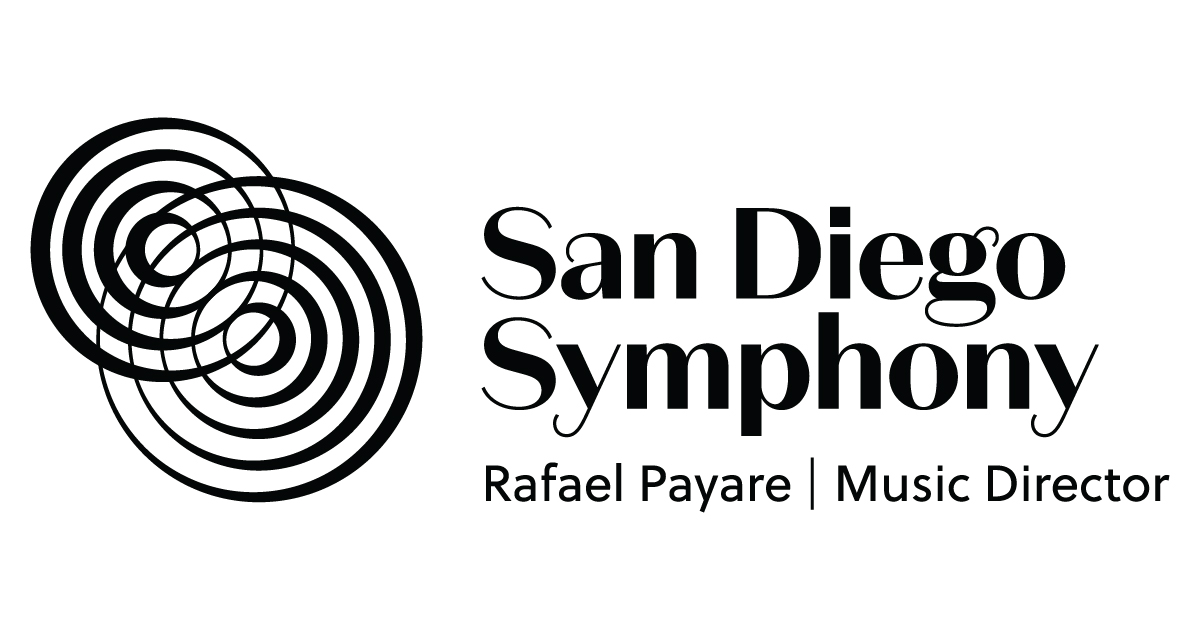A conversation with Cliff Colnot

Stravinsky’s The Rite of Spring exploded onto the cultural scene in 1913 and was initially met with rioting instead of applauding. It captures the energy and rhythm of the turn-of-century and more than 100 years later, remains one of the most influential and beloved contemporary compositions. The initial cultural reaction is now part of the composition’s fabric. Stravinsky calls for an orchestra of more than 100 musicians for the original composition, yet in a new arrangement, composer and arranger Cliff Colnot consolidates the piece for a 12-person ensemble.
In a special performance, the San Diego Symphony presents this new arrangement of the masterpiece. We sat down with Mr. Colnot and discussed his fresh take on The Rite of Spring.
SDSO: The Rite of Spring is considered among the most influential compositions of the 20th century. How has it influenced your music career?
CC: I do consider it the most influential composition of the 20th and 21st centuries, and in that sense see in almost all music written after The Rite of Spring some flattering “borrowing” of compositional and orchestrational elements, resulting in the improvement of all the music.
SDSO: Why did you decide to arrange The Rite of Spring?
CC: The International Contemporary Ensemble suggested that I might try to arrange it since I had a success with another arrangement for them, a composition by Messiaen entitled Chants de Terre et de Ciel. Initially, I was skeptical that the arrangement would work with such a small contingent of musicians, but I finally figured out a way!
SDSO: How did you figure out a way to arrange it?
CC: Through the use of the piano and the pitched percussion, all the important notes were covered and all the figures retained their integrity.
SDSO: What is the significance of using 12 musicians for the arrangement?
CC: This is the number of musicians that the International Contemporary Ensemble used on their tour.
SDSO: What were some of the challenges in taking a composition originally intended for a large orchestra to a small one?
CC: The challenges were primarily covering all the important harmonic and melodic information with twelve players. The percussion and piano became crucial to this challenge.
SDSO: Because we are celebrating percussion this month, how did you utilize percussion to help complete the harmonic and melodic information?
CC: I used lots of three and four note chords for the pitched percussion to cover the harmonic and melodic information. I would say that the two percussion parts and the timpani part are the most difficult in the arrangement.
SDSO: What do you want audiences to take away from your arrangement?
CC: If the audience senses the power and beauty of the Stravinsky original, then I feel as if the arrangement has done its job!
Catch Colnot’s 12-ensemble arrangement alongside a multi-media presentation 10 p.m., January 27 at The Music Box in Little Italy and check in here at the SDSO’s Cultural Omnivore for more cultural bites and behind-the-scenes notes at the Symphony.
This post was written by Kelly Hillock, marketing assistant for the San Diego Symphony.
Share ArticleBack to all posts
